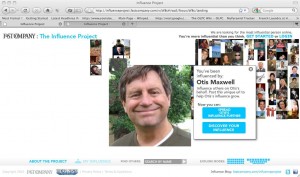As long as it is on or near a lake or stream, an upstate NY vacation home is called a “camp”. There’s usually some concession to rusticity without really roughing it. In the case of my wife’s camp, it is a stove with only two burners (the others having been destroyed in a flood), a collection of pots inherited from her parents, and country cupboards which not only conceal their contents, but move them around when I am not looking so I can’t find an ingredient at the exact moment I need it.
I am up here with my two boys and I have learned to make weekly specials at the local market my friend; if it is advertised in the flyer they are more likely to actually have it at the lone store in town. Shopping with a preplanned meal in mind: very bad idea.
We tend to make a big pot of something and repurpose it over several days. Chicken Cacciatore (prepared with Mr. Purdue’s bargain leg quarters, not the prissy organic birds we buy “down the line”), carnitas and Texas chili (beans on the side) have figured so far. There is a steady stream of teen and preteen boys through the kitchen requesting hot chocolate, which is a good thing because I found three boxes of Nestle Cocoa in the cabinets, all expiring in 2010. Now looking for ideas to draw down a dozen half used boxes of pasta and 4 bags of lentils; when one wants to be sure something is on hand in camp, one tends to bring it up from the city forgetting one did the same thing last year, and the year before.
I have learned to successfully cook coffee in a stovetop percolator (the secret: don’t use too much coffee, or the water can’t seep through from the top grounds to the bottom) and broil on an ancient gas grill prone to flareups (always have a can of beer in your hand…. that’s to put out any leaping flames).
I look forward to being back in a kitchen where the utensils and equipment will do what I ask them to, and forgotten ingredients are five minutes away, but it is nice to have limitations and learn to stick with them. I am in awe of caterers and “secret kitchen” chefs who work like this every day.
